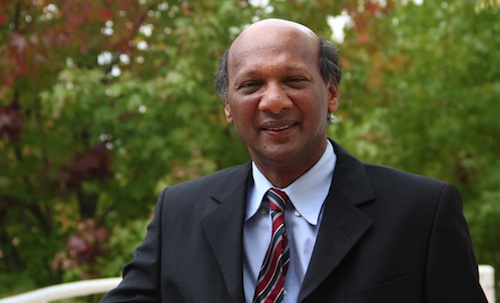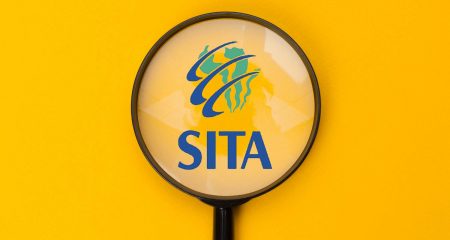
State-owned broadcast signal distributor Sentech is considering WiMax technology, using radio frequency spectrum it has already been assigned, to build its planned R1,1bn national broadband network.
The company has already been licensed to use a large chunk of spectrum in the highly prized 2,6GHz band of spectrum, which many telecommunications providers are keen to get their hands on.
The band can be used for various broadband technologies, including WiMax and the long-term evolution (LTE) technology favoured by mobile operators.
Sentech’s spectrum assignment in that band was originally used for its MyWireless service, which was canned in 2009.
However, most of the spectrum has gone unused for years and many private organisations had hoped the Independent Communications Authority of SA (Icasa) would rescind Sentech’s licence and open up more spectrum in that band. Unassigned spectrum at 2,6GHz should be auctioned off soon.
Sentech CEO Setumo Mohapi says the company will not give up its spectrum, and will use it for its new network.
If Sentech chooses WiMax, which seems likely, Mohapi says it will have to have an upgrade path to LTE. “At the moment we are looking at WiMax because handsets and devices are cheaper than LTE devices,” he says.
He says that although LTE is on its way, it is still too expensive for the company to consider for its rural broadband plan.
Though Sentech is hanging onto its large chunk of spectrum, Mohapi says if it has spectrum left over after it has built its network, it will consider making it available for use by other companies.
Sentech’s assignment of spectrum has long been a bugbear of private operators. International best practice is to assign chunks of spectrum in the most efficient way, and Sentech’s assignment means SA would not have been able to structure its spectrum in 2,6GHz band optimally.
However, Mohapi says the company is in discussions with Icasa to rejig Sentech’s allocation in the band. One of the possible solutions would be for Sentech to split up its 50MHz of spectrum into three chunks. Two would sit on each end of the band and a larger chunk would sit in the middle.
“We understand that the band needs to be harmonised and as soon as we have made a decision about how we could move our assignment we will engage Icasa,” says Mohapi.
Sentech’s plan to bring Internet access to schools and clinics has met with much criticism, and its plan to use spectrum in the 2,6GHz band has faced the same scepticism.
The higher frequency ranges are better suited for bolstering capacity in dense urban areas, whereas capacity at the lower frequencies is better suited for wider, deeper coverage outside the cities.
Spectrum in the 800MHz band, also called the digital dividend, will become available in about three years when broadcasters migrate their television services from analogue to digital, which could give Sentech the chance to roll out wider coverage with fewer base stations.
However, Mohapi says if government gets involved and writes off the large capital investment it will take to construct the network, then the use of 2,6GHz makes sense.
“Digital dividend spectrum is more than three years away and every year we wait to implement this project, more students will leave school not really ready to fit into the economy,” he says.
He says the social dividend needs to be accounted for as much as the capital investment of the project. Sentech would not be guaranteed access to the digital dividend spectrum, since only three licences in that band are expected to be awarded.
Sentech’s broadband plan is not being conducted in isolation. Newly appointed chairman Logan Naidoo says the company is working with state-owned fibre infrastructure business Broadband Infraco and the Universal Service & Access Agency of SA.
Over the next five years, Sentech will roll out its network to schools and clinics across the country, providing the access network or wireless last mile, while Infraco will probably provide fibre backhaul services.
“Ideally, the two networks should be integrated, but that is something that will have to be a long-term discussion,” says Naidoo. — Candice Jones, TechCentral
- Subscribe to our free daily newsletter
- Follow us on Twitter or on Facebook




